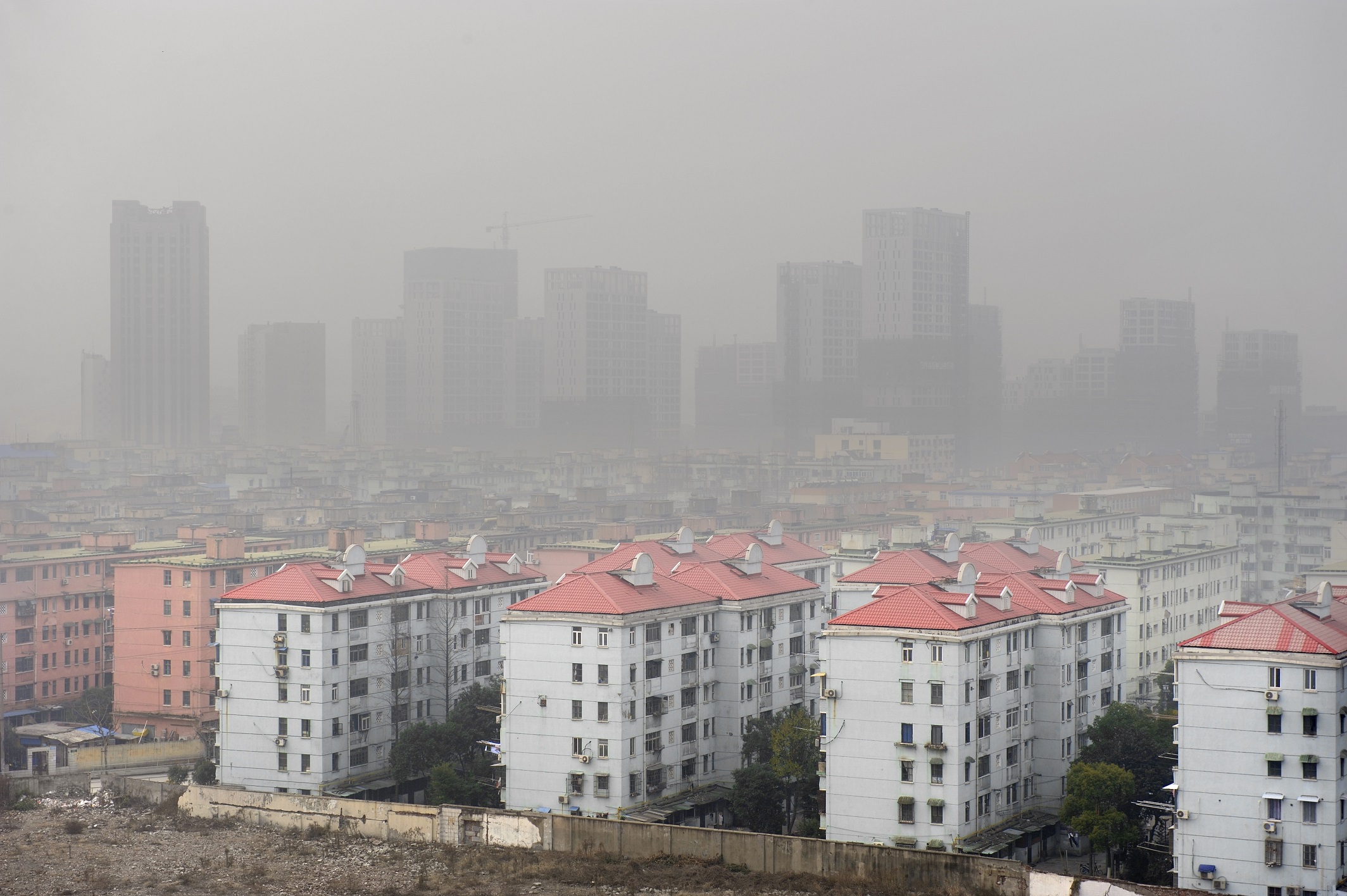One cannot build or design a great building without understanding its relationship with the natural systems and the surrounding environment, isn’t it?
Did you know 1.2 million deaths every year in India are due to indoor air pollution and indoor pollution in India contributes up to 52 percent air pollution? Yes, Indoor air pollution is the third largest killer and causing the maximum number of deaths in our country. Overall, long-term exposure to outdoor and indoor air pollution contributed to nearly 5 million deaths from stroke, diabetes, heart attack, lung cancer and chronic lung diseases in 2017 alone, and out of these, 3 million deaths were directly attributed to PM2.5, half of which is generated from India and China together.

What does this mean? It means that prolonged exposure to worsening air quality levels will leave our populace with chronic lung diseases or even worse, claim poor lives. WHO says, we spend 90 percent of our time indoors; building on this fact, addressing indoor air pollution issues is of prime importance for any builder, architect or designer isn’t it?
In this blog, we would discuss the different strategies to reduce indoor air pollution and improve human health.
Strategies For Controlling Indoor Pollutant Sources
We keep on encouraging builders and designers to plan and construct buildings which are friendly to the environment, greener, energy efficient, and can adapt to its surrounding; and most importantly it reduces the overall impact of the built environment on human health and nature. But how do they do that, below are the top strategies:
Zaranj 1.Materials Selection
For interior surfaces, designers typically select materials which are high performance, durable, and impart the desired acoustical performance and aesthetic qualities. But, here the most important parameter should be “protecting the indoor air quality and health”.
Conventional building materials, furniture, and equipment; interior building materials like carpets, cabinets, paints, sealants and caulking, adhesives, floor, tiles, molding, woodwork, and composite wood products – contain contaminants which are progressively emitted throughout the life of the material poisoning the indoor air quality.
See Also – Alert!!! Paints And VOCs Can Knock Down Your Indoor Air Quality
From an indoor air quality viewpoint, the designer needs to select materials which:
- Demand minimal or no use of toxic, low-VOC, coating constituents, and water-based adhesives
- Emit little or no odor
- Easy to clean and maintain
- Are not susceptible to moisture damage that increases the potential of mold growth
Heard of Porotherm Bricks? These are pollutant-free, and a Green building material certified by international environment authorities GRIHA & IGBC. They are a permeable building material, which allows better air circulation and provides for healthy indoor air quality.
http://thebeginningfarmer.com/getting-out-of-the-pig-business 2. Installation Sequencing
The quality of indoor air is not just affected by the materials used but also by the sequence in which it was installed. Certain types of materials and finishes like adhesives, sealants, glazing compounds, wood preservatives, finishes, and paint emit potential indoor contaminants after they are manufactured or installed. The contaminants emitted by these materials can potentially be absorbed by “fuzzy” or “fleecy” materials (like carpet, padding, fabric, upholstered furnishing) which are woven, fibrous, or porous in nature. These fuzzy and fleecy materials can become repositories for harmful substances which are released much later and promote subsequent mold growth.
Hence installation sequencing is critical, certain materials should be installed and allowed to dry well before other materials are installed so that the absorption of contaminants doesn’t happen.
3. Material Encapsulation
The process of placing a block between the material of concern and the indoor air to reduce the amount of gases/particles emission from the product is Material encapsulation. Encapsulation can occur automatically due to the building design, here no action is needed. But when it occurs due to specific material, it should be thoroughly encapsulated. For example, if pressed wood products like wardrobe, shelves, or work surfaces contain any formaldehyde, the surfaces and edges need to be thoroughly encapsulated to reduce the amount of pollutants emitted into the air.
4. Materials Minimization
It’s true that we cannot totally eliminate materials of concern in the construction but minimizing its use is definitely possible. Try to use such materials as little as possible, and yes within manufacturer’s recommendations.
5. Ventilation Techniques
One of the best ways to determine if architecture is good or not is by evaluating how natural light is handled thru the space it illuminates and how well ventilated it is. Ventilation techniques in architecture include:
Air Out – this is when completed products which produce objectionable emissions are removed from packaging and opened in a well-ventilated warehouse to expose it to fresh air. This helps in quickly removing the pollutants emitted from such products.
Flush Out – This is when great amounts of outdoor air are forced through a newly completed building for a period of 3 – 90 days so that majority of the pollutant emissions from building materials/finishes is removed before occupancy.
Exhaust or Spot Ventilation During Construction Activities – This process uses fans to instinctively pull polluted air from the building and exhaust it to the outside during construction or renovation activities.
See Also – How And Why Should You Incorporate Natural Light In Architecture
Final Thoughts
Pollution comes from all industry and from every single individual, sadly, the construction industry is also a major contributor of pollution (air, water, and land). As a responsible architect and designers you need to do your part to design towards lower carbon footprint and create a positive impact on our environment – So that our world can breathe clean air, isn’t it?
We believe, by focusing on choices we make on building materials we can support companies which are environmentally responsible and achieve that one goal i.e. – A Greener Tomorrow!
See Also – Benefits Of Implementing Green and Sustainable Deconstruction Practices








